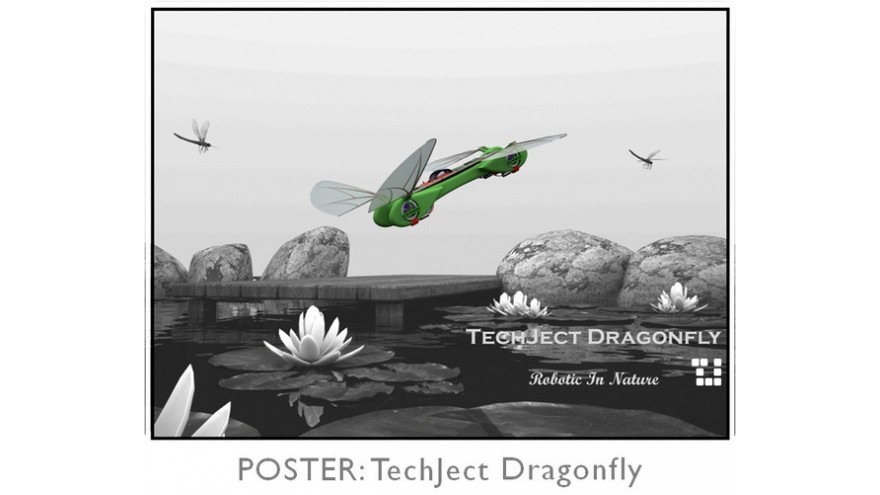Huge Gadget Company Collapses
The company announced yesterday that it is in deep financial trouble. But it’s not their fault, the founders say in notes on Indiegogo. It’s PayPal and Indiegogo’s fault for not releasing funds. How much? The company didn’t release that information.
Remember the Robotic Dragonfly? The little drone was an early crowdfunding success story, netting over a $1 million in pledges on Indiegogo in 2012. At the time, it was one of the first crowdfunded gadgets to raise more than a million dollars. The project promised a tiny robot that can fly like a bird and hover like an insect — and for $99, too. Bad news, friends. This little drone is not taking off as scheduled.
This is not the first crowdfunded gadget to fail to ship. It’s becoming a trend. Pirate3D promised an easy-to-use and cheap 3D printer, but the company ran out of cash before fulfilling orders placed on Kickstarter.
It seems TechJect failed to even fully develop the Robot Dragonfly even though the project hit first hit Indiegogo nearly three years ago. The Indiegogo project page states the developement had begun (in at least 2012) on a $1m grant from the US Air Force. “We don’t want users to wait for technology to trickle down,” the page says. Yet backers are still waiting.
After the company announced the financial troubles yesterday, backers took to the comments section on Indiegogo en masse. And rightly so. Today, the company clarified that technically the project has not been canceled yet. The company just needs more money to continue. It also notes that if the product fails to ship, the company will release all the “all the company’s Dragonfly IP with full license authority to all our campaign backers for use, re-sale and more as they please to instigate recovery against their loss.”
The Robotic Dragonfly always seemed a bit far-fetched. We covered the campaign after visiting the Georgia Tech labs where the project was born. But good engineers do not always make good founders. It takes a special team to see a product from CAD drawings to prototypes to store shelves.
This is just the latest example of how consumers need to be more careful with crowdfunding. There are no guarantees with crowdfunding and there is more risk involved than what’s advertised. The Robotic Dragonfly was funded in 2012 during crowdfunding’s early days. Since then, sites have revised their terms of service to provide more security for backers. Still, several projects have popped up over the following years with wild promises and questionable claims. The Robotic Dragonfly will not be the last gadget to take a dip in the crowdfunding deadpool.





Comments